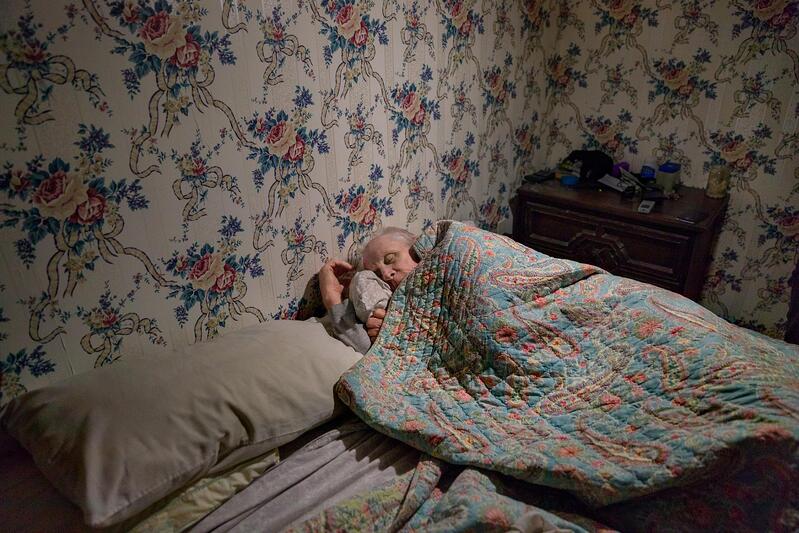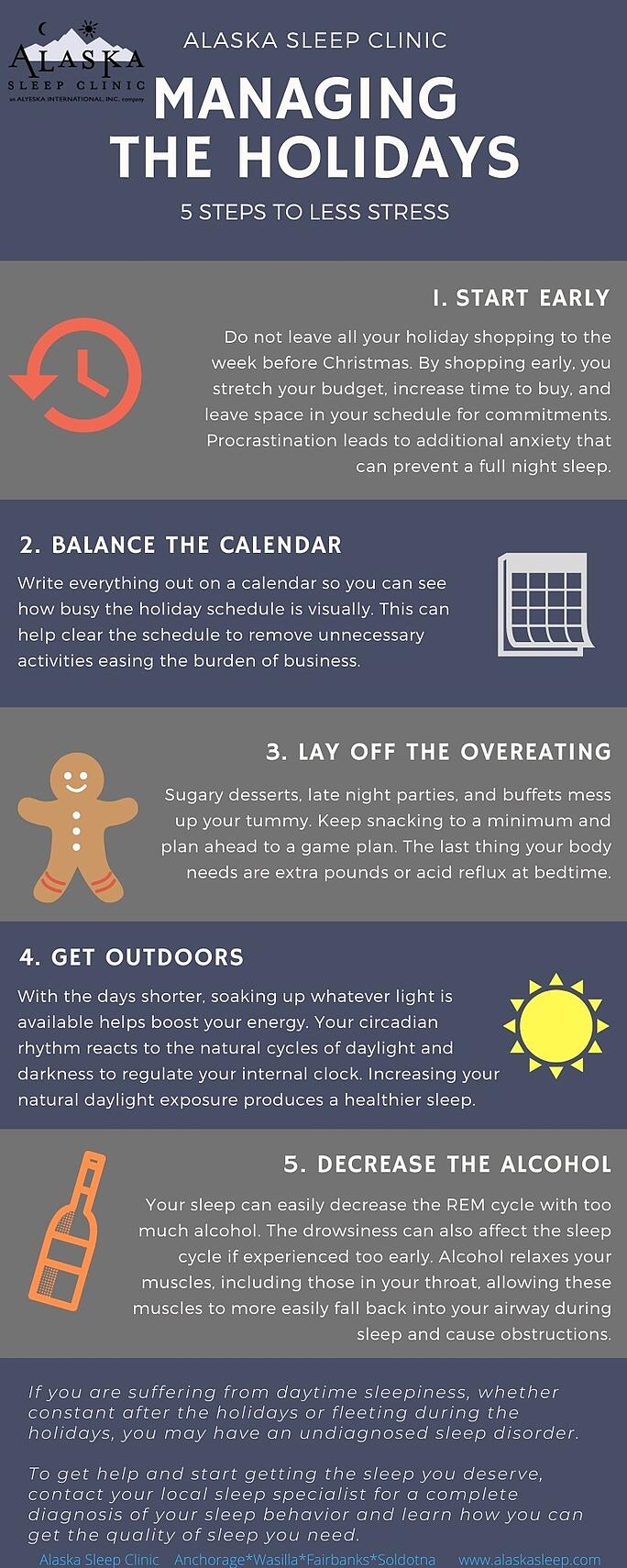Your Body’s Asleep; but Your Mind is Wide Awake
Our floodlit society has made sleep deprivation a lifestyle. But we know more than ever about how we rest—and how it keeps us healthy.
Nearly every night of our lives, we undergo a startling metamorphosis.
Our brain profoundly alters its behavior and purpose, dimming our consciousness. For a while, we become almost entirely paralyzed. We can’t even shiver. Our eyes, however, periodically dart about behind closed lids as if seeing, and the tiny muscles in our middle ear, even in silence, move as though hearing. We sometimes believe we can fly. We approach the frontiers of death. We sleep.
Around 350 B.C., Aristotle wrote an essay, “On Sleep and Sleeplessness,” wondering just what we were doing and why. For the next 2,300 years no one had a good answer. In 1924 German psychiatrist Hans Berger invented the electroencephalograph, which records electrical activity in the brain, and the study of sleep shifted from philosophy to science. It’s only in the past few decades, though, as imaging machines have allowed ever deeper glimpses of the brain’s inner workings, that we’ve approached a convincing answer to Aristotle.
A full night’s sleep now feels as rare and old-fashioned as a handwritten letter. We all seem to cut corners, fighting insomnia through sleeping pills, guzzling coffee to slap away yawns, ignoring the intricate journey we’re designed to take each evening. On a good night, we cycle four or five times through several stages of sleep, each with distinct qualities and purpose—a serpentine, surreal descent into an alternative world.
Read National Geographic’s entire article on sleep.
Our Master Clock and How Light Affects Us:
How perky we’re feeling at any moment depends on the interaction of two processes: “Sleep pressure,” which is thought to be created by sleep-promoting substances that accumulate in the brain during waking hours, and our circadian rhythm, the internal clock that keeps brain and body in sync with the sun. The clock can be set backward or forward by light. We’re particularly sensitive to blue (short-wavelength) light, the kind that brightens midday sunlight and our computer screens, but can disrupt our cycle—especially at night, when we need the dark to cue us to sleep.

At the Alaska Sleep Clinic, our highly trained staff of sleep specialists has helped diagnose and treat tens of thousands of Alaskans over the years suffering from sleep disorders. We understand that a good night’s sleep is critical to people’s health and happiness, and we are committed to providing quality service in the treatment of a variety of sleep disorders. If you have concerns about your sleep health and live in the state of Alaska, click on the link below for a free 10-minute phone consultation with one of our sleep specialists.




